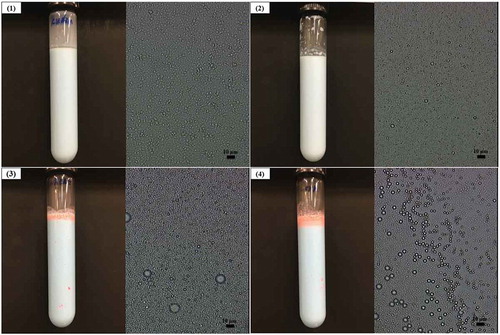Figures & data
Figure 1. Effects of gelatinization conditions of kudzu starch on the interfacial tension. (a) Effect of gelatinization time on interfacial tension between soybean oil and gelatinized kudzu starch dispersion. (b) Effect of gelatinization temperature on interfacial tension between soybean oil and gelatinized kudzu starch dispersion. The different letter shows significant difference at the 95% probability level.
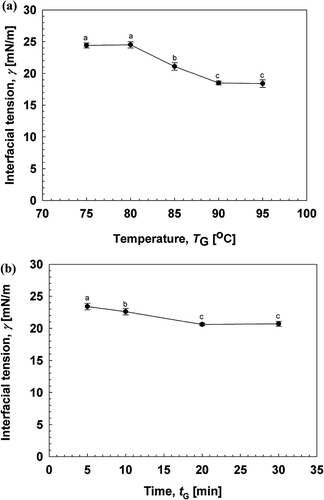
Figure 2. The particle size distribution of native kudzu starch and gelatinized kudzu starch. (![]()
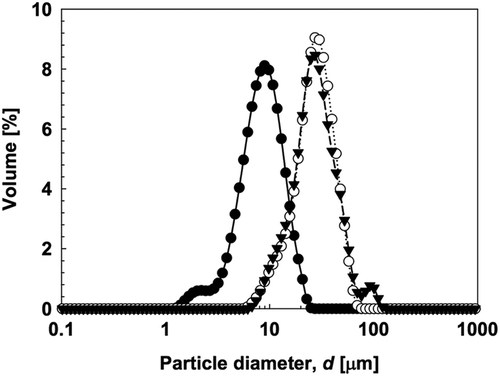
Figure 3. Microstructure of O/W emulsions. (a) Microstructure of freshly prepared O/W emulsions stabilized with gelatinized starch. (i) Formulated with rotor-stator homogenizer and (ii) formulated with high-pressure homogenizer. (b) Confocal laser scanning microscopy image of O/W emulsions stabilized by gelatinized kudzu starch dispersion.

Figure 4. Storage stability of O/W emulsions stabilized using gelatinized starch. (a) d3,2 of O/W emulsions formulated with rotor-stator homogenizer and/or high-pressure homogenizer. (![]()
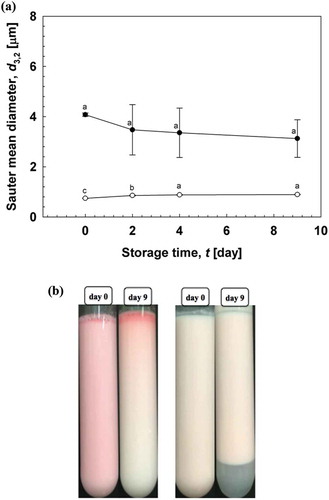
Figure 5. (a) The d3,2 of O/W emulsions containing different kudzu starch concentrations. (![]()
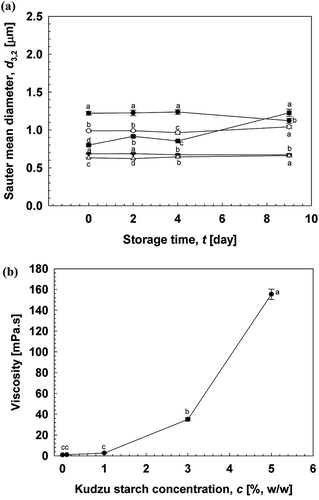
Table 1. The pictures of O/W emulsions containing different kudzu starch concentrations stored in test tubes at 25°C at days 0 and 9.
Table 2. Physicochemical properties of dispersed phases used in the present study.
Figure 6. The d3,2 of O/W emulsions containing different oil types. The emulsions contained 5% (w/w) oil in the dispersed phase. (![]()
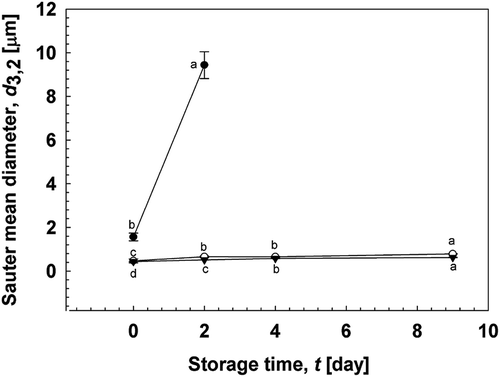
Figure 7. The d3,2 of O/W emulsions containing different soybean oil weight fractions. (![]()
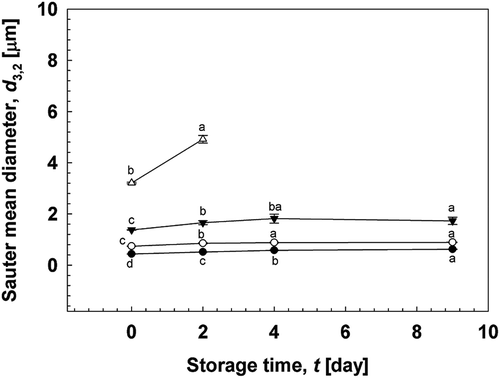
Tabel 3. The micrographs of O/W emulsions together with pictures.
Figure 8. The microstructures of O/W emulsions kept at 25°C for 24 h stabilized by different gelatinized starches together with pictures. The oil phase was stained with Sudan IV dye, and the continuous phase was dyed with methylene blue for the observation of emulsions. (1) Emulsions stabilized with kudzu starch, (2) rice starch, (3) wheat starch, and (4) corn starch.
